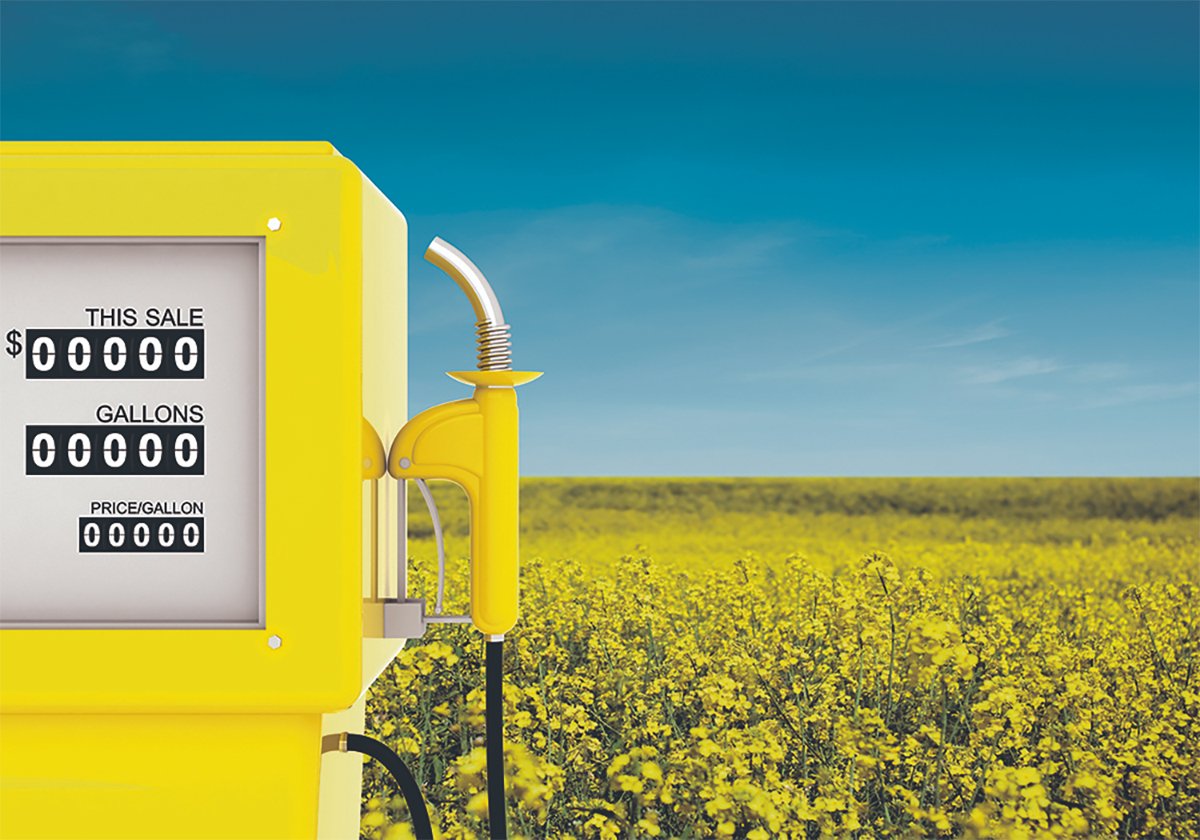A Canadian producer who wants to sell wheat to a U.S. elevator needs to do some homework, says Brian Voth, a senior markets adviser with Agri-Trend.
He said the distance to the elevator will determine if the price differential covers the shipping cost.
Producers who determine that it is economically feasible to ship wheat to the United States should then take a sample to the potential buyer.
“I spent a day and visited with a bunch of elevator managers along (the border),” Voth said.
Read Also

Biofuel sector happy with federal budget
Advanced Biofuels Canada says new Biofuel Production Incentive is a lifeline until CFR amendments are in place.
“We had very good conversations and they were very receptive. We had some samples … to show them what we were talking about. I think that is probably the biggest key.”
Growers should also realize that U.S. quality standards are different from Canadian standards.
“The first thing is moisture. That’s the biggest one. There, 13.5 (percent) is considered dry instead of 14.5 (percent) here,” Voth said.
“They do have discounts for moisture content above 13.5.”
As well, the baseline protein content is higher in the U.S.
“Their baseline protein is 14 (percent) instead of 13.5. So (there are) discounts and premiums from 14.”
However, other yardsticks are more relaxed.
“The grading part, to them, is almost irrelevant,” Voth said.“We found the (No.) 1 or a 2 doesn’t making any difference to them.”















